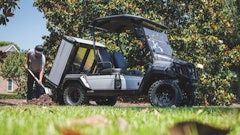We have generally offered one take on merchandising: similar products should be displayed together to easily compare features and pricing. But that is not the only way to push your products. STIHL Inc. has found much success with their store-within-a-store concept of grouping like-branded products together in one display.
A brand’s selling power
After much research and with the help of a design firm, STIHL implemented the store-within-a-store concept in 2003. The merchandising style has helped to grow sales of STIHL equipment and earn them the ranking of the number one selling brand of gasoline-powered handheld outdoor power equipment in America.*
Several other brands are on board with the store-within-a-store concept perfected by department stores. But not all brands offer the product option depth ideal for this merchandising tactic. For those brands that offer enough product for this display style, it could help to push sales for that brand.
This style of merchandising is ideal for capitalizing on the desires of a brand-loyal customer. By grouping the like-branded items together, the customer who is brand-loyal is exposed to other products from the brand that they may not be familiar with. It not only helps the customer when they are making the buying decision, but could also help sales staff to focus their selling efforts when talking to a brand-loyal customer.
You can also group together similar product categories within that brand. Pair trimmers with blowers, as well as place the appropriate accessories, personal protective equipment and parts nearby.
Stock up to sell
Another rule that STIHL lives by that could be applied to all lines is maintaining a well-stocked display. Keeping a full inventory of products in the showroom helps the customer to feel confident in the brand and dealer they are choosing.
“If you go into the grocery store and see something lightly stocked, you think the product is out of date or obsolete,” says Michael Haney with in-store marketing at STIHL Inc. “With those messages being displayed to the customer, they might think you're going out of business.”
It is especially important for a servicing dealer’s image that they remain fully stocked. A customer looking to buy a piece of equipment might see an empty showroom and fear that the dealer won’t be around much longer to help them service and extend the life of their equipment.
“When a person walks in a store, you have 15 seconds to grab their attention and for them to decide if they want to do business with you,” explains Haney. “If they walk in and it doesn’t look good, they are going to leave.”
Having a fully stocked display also helps you to capture the sale simply out of added convenience for the customer. Haney warns that a customer who sees an empty display is not likely to ask for assistance in finding and purchasing the product.
“People don't want to ask for assistance,” says Haney. “If the customer walks into the store and doesn’t see what they want, most people don't ask. It's more convenient for your customers, who want to get in and get out, to not have to ask. You have to stock it to sell it.”
*"Number one selling brand" is based on syndicated Irwin Broh Research as well as independent consumer research of 2009-2012 U.S. sales and market share data for the gasoline-powered handheld outdoor power equipment category combined sales to consumers and commercial landscapers.

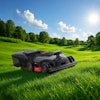


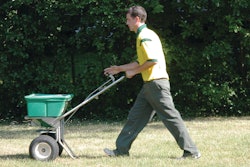
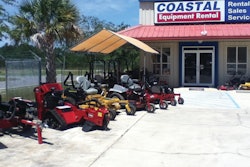



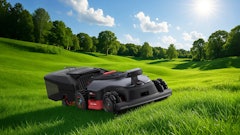


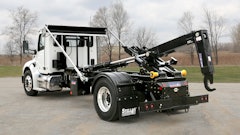
![Gravely Pro Turn Mach One My23 Dsc03139 Edit 1200x800 5b2df79[1]](https://img.greenindustrypros.com/mindful/acbm/workspaces/default/uploads/2025/10/gravely-pro-turn-mach-one-my23-dsc03139-edit-1200x800-5b2df791.BucBnDoN22.jpg?ar=16%3A9&auto=format%2Ccompress&fit=crop&h=135&q=70&w=240)

